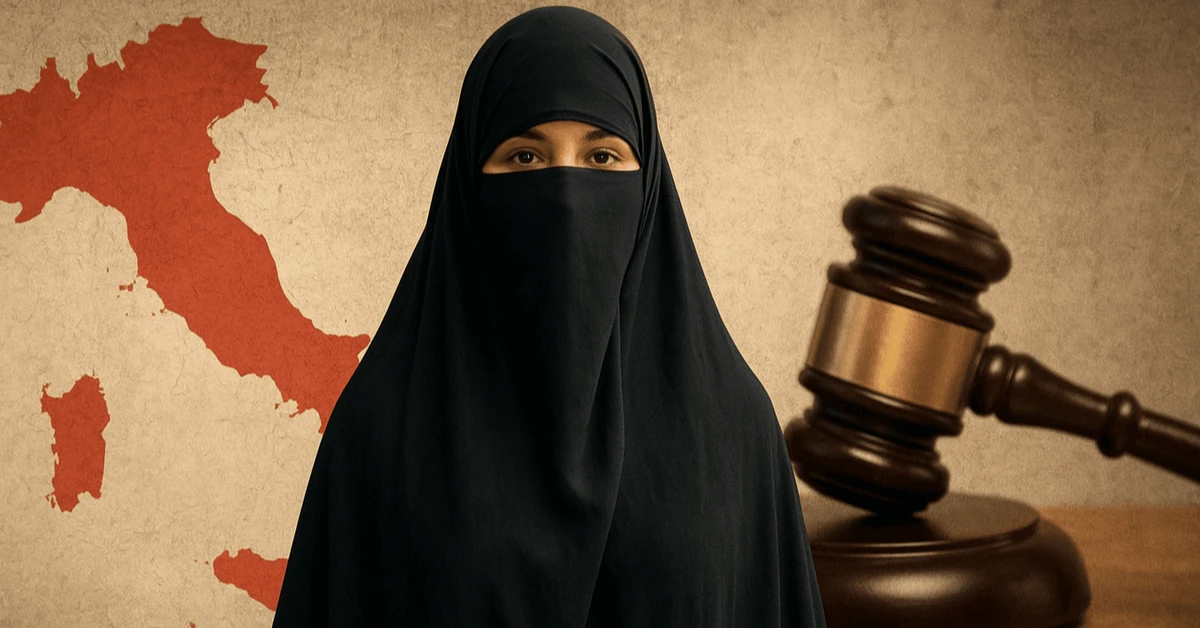Last Updated: July 21, 2025
WNBA Pay Us What You Owe Us Rally: Why Players Are Demanding Fair Pay and What Happens Next
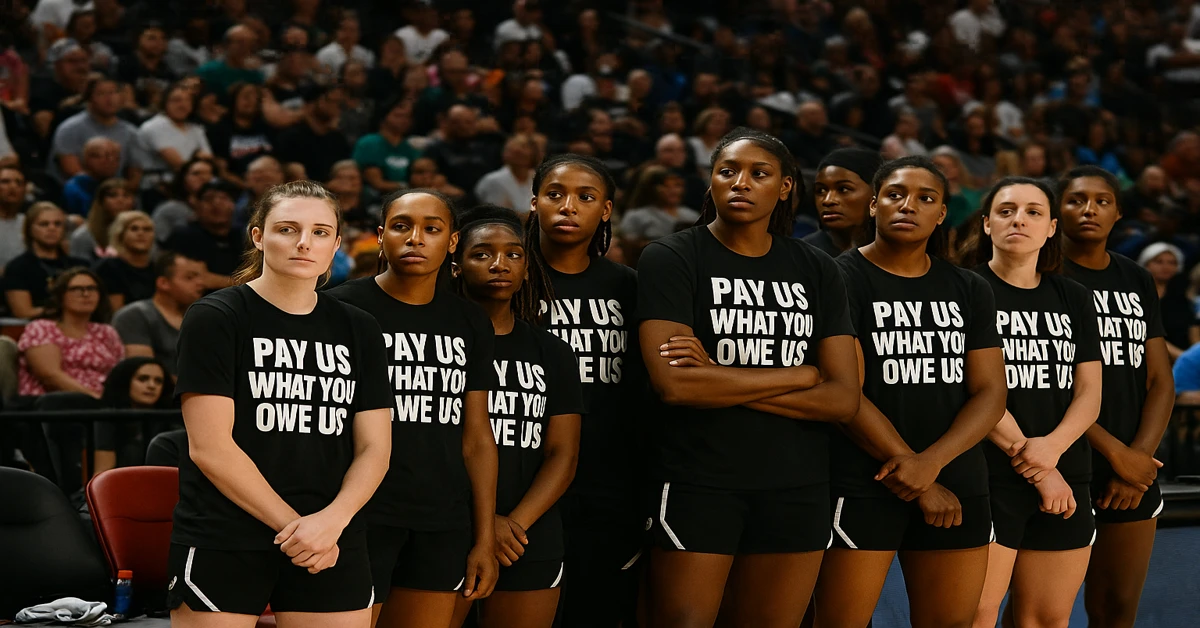
The WNBA is at a historic turning point. During the 2025 All-Star Weekend in Indianapolis, all 22 All-Stars took the court wearing bold black shirts reading “Pay Us What You Owe Us.” The rally wasn’t just a fashion statement – it was a demand for fairness in player salaries, revenue sharing, and working conditions. As the current collective bargaining agreement (CBA) edges closer to expiration, the tension between players and the league has reached a breaking point.
📅 When and How Did the Rally Start?
The protest officially began on July 19–20, 2025, at Gainbridge Fieldhouse during the WNBA All-Star Game. Just days before, more than 40 WNBA players met privately to discuss stalled CBA negotiations. Frustrated with the slow progress, they organized the now-viral shirt protest to highlight pay inequality on one of the league’s biggest stages.
💰 What Are the Players Demanding?
The rally is centered on a few key demands:
- Revenue Sharing: Players want a 50% revenue share, similar to the NBA, compared to the current ~10% share.
- Salary Increases: Minimum salaries to cross six figures and max salaries to reflect league growth.
- Better Travel: Fully chartered flights for all teams to ensure safety and comfort.
- Expanded Maternity Benefits: More comprehensive family support and parental leave policies.
- Looser Salary Cap Rules: Allowing teams more flexibility to retain talent.
📊 Why Now? The Business Behind the Demand
The WNBA has seen massive growth in popularity in the last two seasons. According to league estimates, 2025 revenues are projected to hit $180–200 million, boosted by star players like Caitlin Clark and record-breaking TV deals. Yet, while revenues soar, player salaries haven’t kept pace. The average WNBA player still earns less than 10% of total league revenue, whereas NBA players get nearly 50%.
Fans are on the players’ side. During the All-Star MVP ceremony, the crowd loudly chanted “Pay Them!”, turning the rally into a viral moment across social media.
⚖️ What Is the Current Status of Negotiations?
The current CBA expires on October 31, 2025. Commissioner Cathy Engelbert has described the talks as “productive”, but major issues remain unresolved. If no agreement is reached, the WNBPA (players’ union) could call for a strike or lockout, potentially delaying the 2026 season.
🔥 Why This Rally Matters for Women’s Sports
This isn’t just about basketball – it’s a major milestone for women’s sports activism. The WNBA has historically been at the forefront of social justice issues, but this rally shifts the focus to labor rights. A successful new CBA could set the standard for other women’s leagues worldwide, proving that athletes deserve a fair share of the booming women’s sports economy, projected to generate over $2.35 billion in 2025.
📌 What Happens Next?
Negotiations are ongoing, and the pressure is mounting. If the league and players can find common ground, the 2026 season could usher in a new era of professional women’s basketball. But if talks fail, the WNBA could face its first major labor stoppage – something both players and fans hope to avoid.
❓ FAQs About the WNBA Pay Us What You Owe Us Rally
1. Why are WNBA players saying “Pay Us What You Owe Us”?
They believe they deserve a fair share of the league’s growing revenues. Players currently earn under 10% of total revenue compared to NBA players’ ~50% share.
2. When did this rally happen?
It took place during the 2025 WNBA All-Star Weekend on July 19–20 at Gainbridge Fieldhouse in Indianapolis.
3. What happens if the CBA negotiations fail?
If no agreement is reached before October 31, 2025, the WNBPA could vote for a strike or the league could impose a lockout, potentially delaying the 2026 season.
4. Are fans supporting the players?
Yes. During the All-Star MVP ceremony, fans chanted “Pay Them,” and social media has shown overwhelming support for the movement.
5. How could this change women’s sports?
If successful, the new CBA could set a global precedent for fair pay in women’s sports, pushing other leagues to adopt similar revenue-sharing models.
You May Also Like:

Nanbais’ Strike in Rawalpindi Shuts 21,000 Tandoors: Bread Crisis, Rising Costs & What Happens N...

This AI Just Took Over a Job You Thought Was Safe — Is Yours Next?...
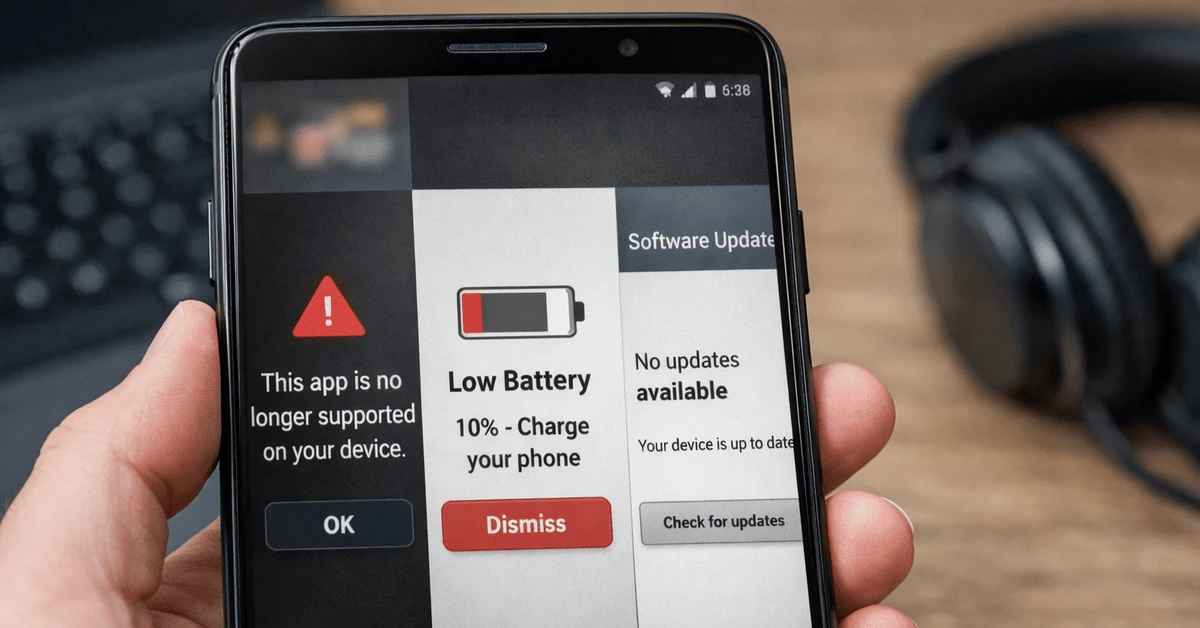
What Really Happens When Your Phone Stops Getting Updates (Real Risks Nobody Explains)...

Shahid Khaqan Abbasi Suffers Heart Attack: What We Know, What It Means and What Comes Next...

Pakistan’s Next Babar Azam? Maaz Sadaqat’s Heroics Leave Fans Stunned...
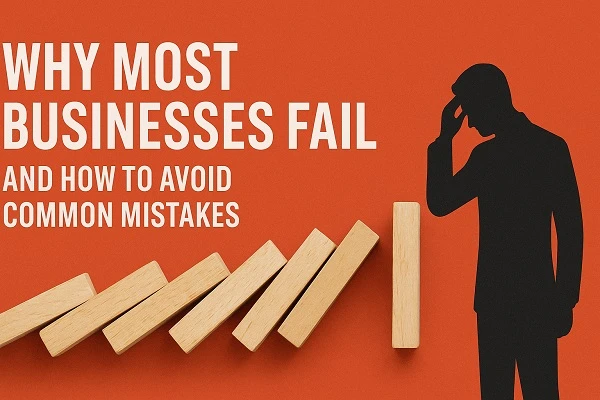
Why Most Businesses Fail and How to Avoid Common Mistakes (So You Don’t Fall into the Same Trap)...
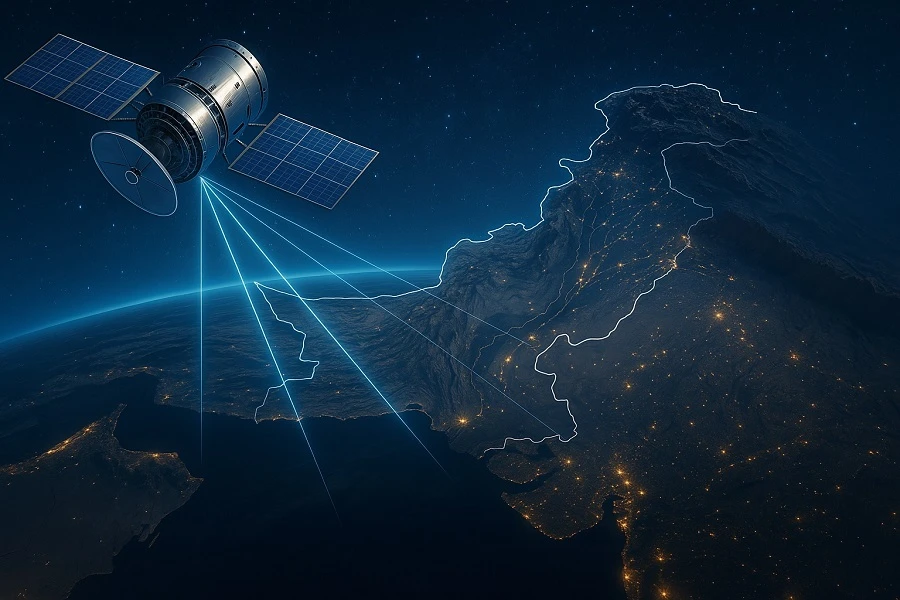
Starlink and the Race for Satellite Internet in Pakistan: What You Need to Know in 2025...
